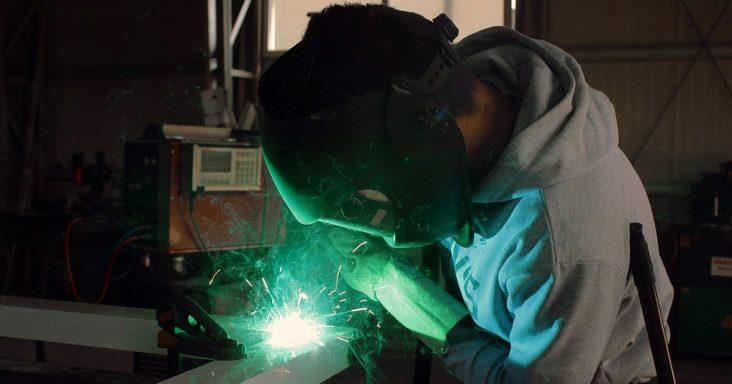Manufacturing sector contracts in March for 5th consecutive month
by April 3, 2023 1:01 pm 617 views

Economic activity in the manufacturing sector declined at a faster rate in March while the overall economy continued to contract, according to the Institute for Supply Management (ISM).
The ISM released Monday (April 3) the March Manufacturing ISM Report on Business that shows the Purchasing Managers’ Index (PMI) fell by 1.4 percentage points to 46.3% in March from February. A reading below 50% indicates the manufacturing sector is contracting. The March reading also indicated the overall economy is contracting.
According to the report, new orders and production contracted. Backlogs declined. Supplier deliveries were faster. Raw materials inventories decreased, but customers’ inventories were too low. Prices fell, and exports and imports declined.
“The U.S. manufacturing sector contracted again, with the Manufacturing PMI declining compared to the previous month,” said Timothy Fiore, chair of the ISM Manufacturing Business Survey Committee. “With Business Survey Committee panelists reporting softening new order rates over the previous 10 months, the March composite index reading reflects companies continuing to slow outputs to better match demand for the first half of 2023 and prepare for growth in the late summer/early fall period.”
The following six industries reported growth in March: printing and related support activities, miscellaneous manufacturing, fabricated metal products, petroleum and coal products, primary metals and machinery.
“New order rates remain sluggish as panelists become more concerned about when manufacturing growth will resume,” Fiore said. “Supply chains are now ready for growth, as panelists’ comments support reduced lead times for their more important purchases. Price instability remains, but future demand is uncertain as companies continue to work down overdue deliveries and backlogs. Seventy percent of manufacturing gross domestic product (GDP) is contracting, down from 82% in February. However, more industries contracted strongly; the proportion of manufacturing GDP with a composite PMI calculation at or below 45% – a good barometer of overall manufacturing sluggishness – was 25% in March, compared to 10% in February, 26% in January and 35% in December 2022.”
The following respondents provided mixed comments on consumer demand and sales:
In the computer and electronic products industry, a respondent said, “orders and production are fairly flat month over month. Lead times have stabilized in most areas, so looking at reducing commitments on new orders, except for a few strategic electronic buys with lead times that are still too long.”
A respondent in the electrical equipment, appliances and components industry noted supply chain issues, particularly in electronics. “New orders are starting to soften and supplier deliveries are improving slightly,” the respondent said. “This is allowing us to reduce (our) backlog and build a buffer in some categories.”
A respondent in the primary metals industry also cited supply chain issues on several indirect supplies. Still, the respondent said, “Overall, business continues to remain strong.” Also, a respondent in the food, beverage and tobacco products industry said, “business is doing generally well, with input costs falling in some areas and rising in others.”
Meanwhile, a respondent in the machinery industry said, “lead times are still improving, but prices continue to face inflationary pressures. Prices of steel and steel products are going up some. Hydraulic components are still facing extended lead times. We are increasing inventory levels of imports due to global uncertainty from the ongoing war in Ukraine and threats from China.”
In the fabricated metal products industry, a respondent said its first quarter “is going better than planned, with sales increases of about 7% versus a budget of 4.5%. However, sales volume is pulling down our automotive original equipment manufacturer (OEM) side, which is the majority of our business. We believe the second quarter will be hard but are holding to our outlook.”
In the chemical products industry, a respondent said sales were “a bit down, and budgets being cut with a greater emphasis on savings.” A respondent in the transportation equipment industry said “sales are slowing at an increasing rate, which is allowing us to burn through back orders at a faster-than-expected pace.” A respondent in the apparel, leather and allied products industry said customer orders have yet to return to pre-pandemic levels, and “business is still slow overall.”
In the miscellaneous manufacturing sector, a respondent said, “things feel more stable in the first quarter (of) 2023 than they did throughout 2021-22. Customer demand is – as expected – growing well, and the overall supply environment is far better than the previous two years. This is not to say there are not challenges; there absolutely are. However, there are fewer issues cropping up each week, and supply challenges are generally more like the ‘typical’ issues we experienced before the pandemic. We are closely monitoring the global banking situation, but no impacts have been experienced or are expected at this time. Ongoing tensions between the U.S. and China are another issue to watch.”
